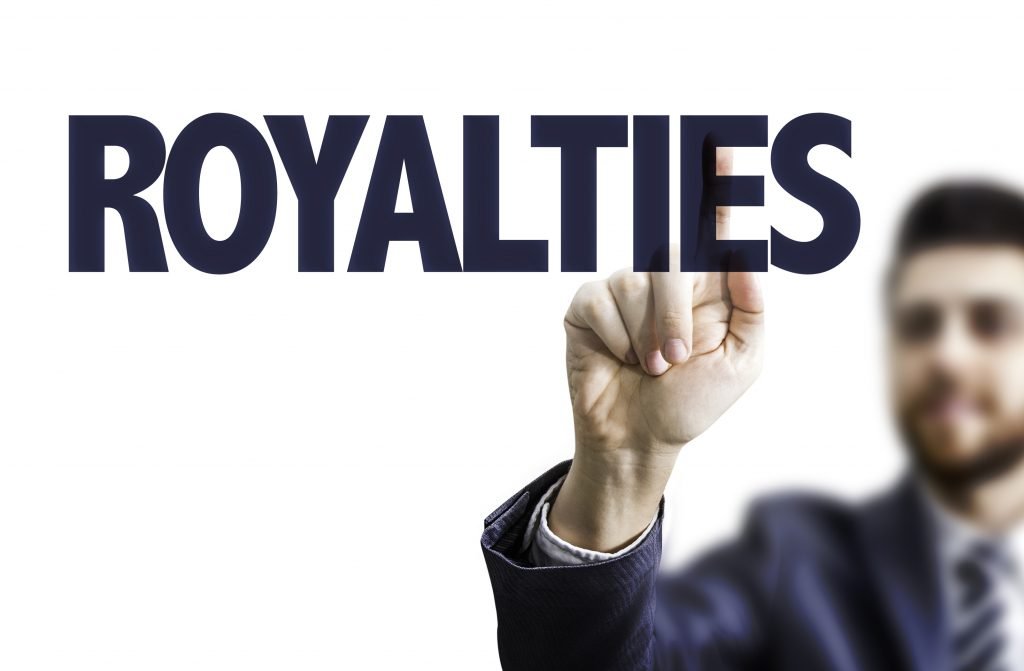 If you are the rightful owner of a property, whether physical or intellectual (IP), you should be receiving royalties. These are payments you are legally owed by another party for their usage of your license, whether it is a piece of land, a 5-minute music, or a software idea.
If you are the rightful owner of a property, whether physical or intellectual (IP), you should be receiving royalties. These are payments you are legally owed by another party for their usage of your license, whether it is a piece of land, a 5-minute music, or a software idea.
Royalty Calculation Methods
There are three basic methods used in determining how much royalties property owners ought to get.
The Cost Approach
This approach does not take into account a physical or intellectual property’s actual market value. Here you receive nothing more than the same amount you have incurred or will incur throughout your property’s lifetime, such as in terms of expenses related to patent.
The Comparable Market Approach
The operative word here is comparable. This means that if your property has to do with natural gas, then your royalties will be predicated on current market values closely linked to the natural gas industry. Same goes if you hold the rights to physical or digital records.
The Income Approach
The most popular income approach is the 25% rule. Here you receive 25% of net sales (not profit, since it could easily be manipulated), or 25% of per unit sold, of any product or service that used your license.
These are just broad stroke methods. When applied in specific industries, these computations can get rather complicated.
Sample Industries
If you are the owner of a land leased out to natural gas extractors, the amount of your royalties will depend on several factors. These include your agreed royalty rate, natural gas’ wellhead price, and average product rate, among others.
Meanwhile, if your property comes in the form of music—either digital or physical—your payment is dependent on the mechanical royalty rate which is currently 9.1 cents for recordings that clock in at less than 5 minutes.
A Case for Royalty Payment Automation
Computing how much you are owed need not be rocket science. This is why a royalty payment calculator exists. Automation can solve all your royalty-related problems.
